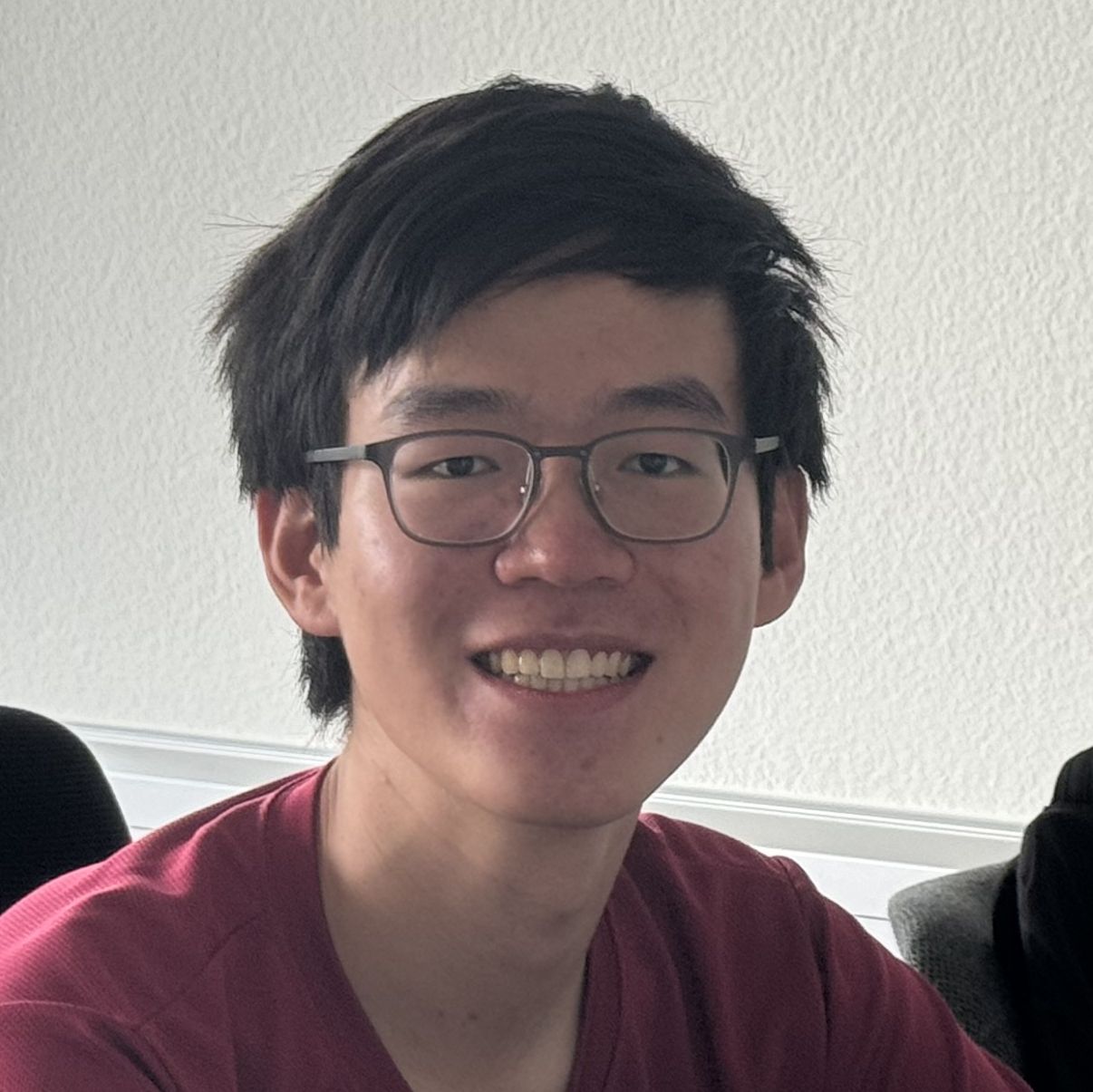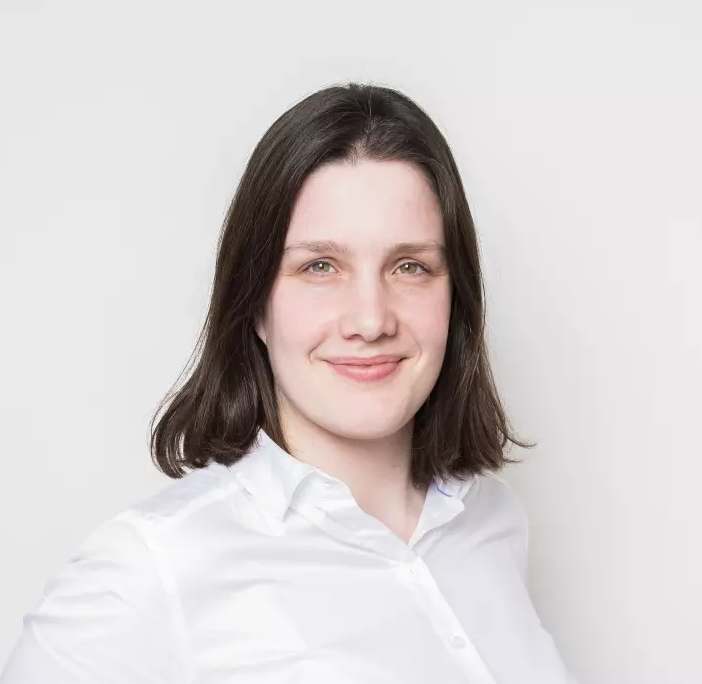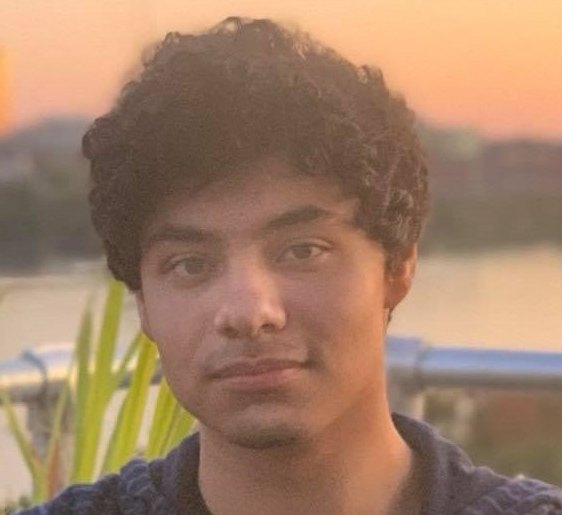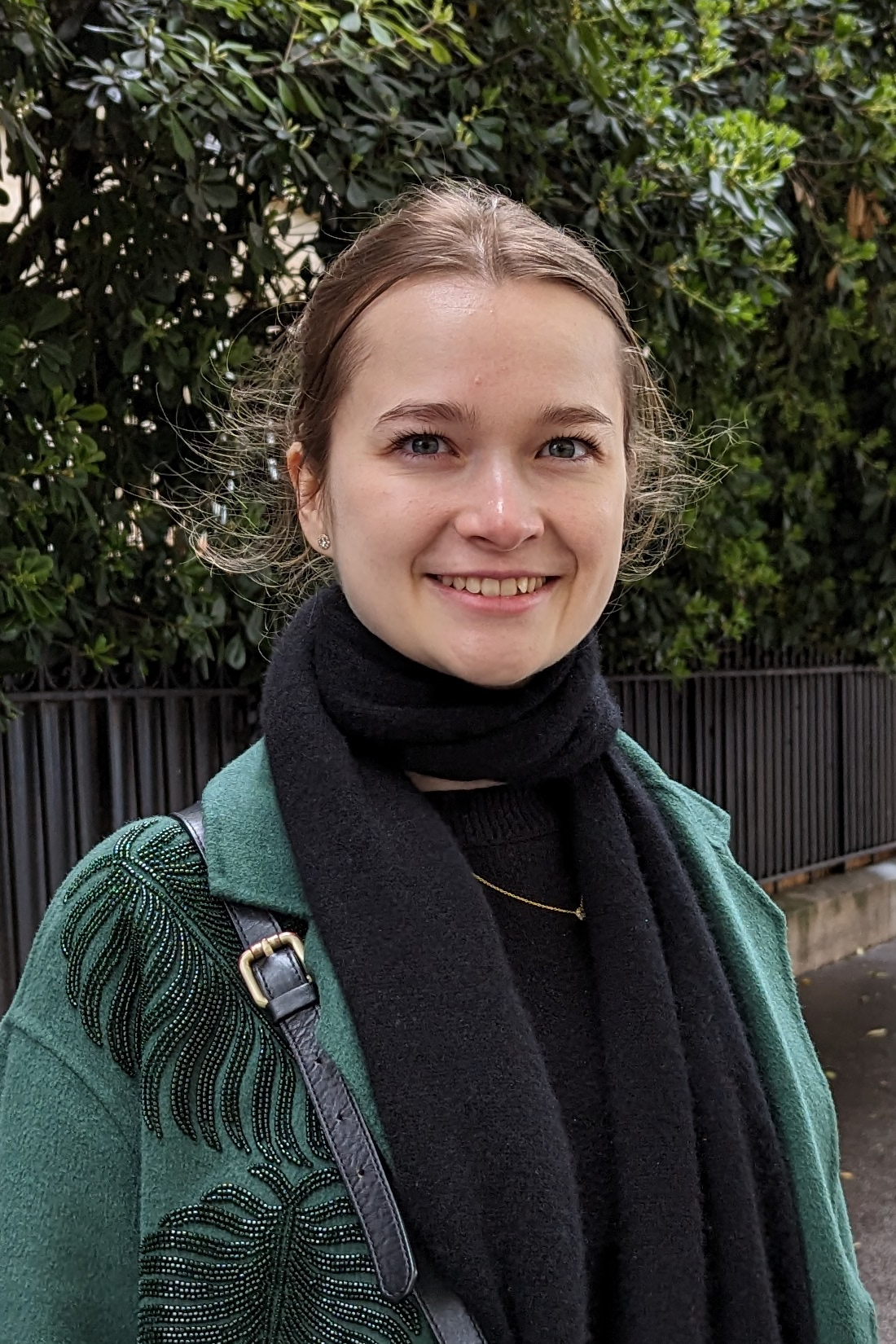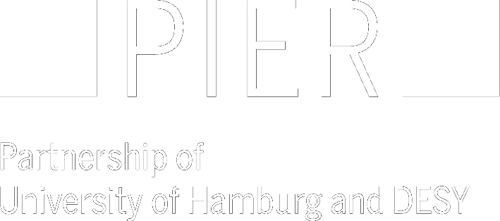"The stay was a great opportunity" - Felix Ritzkowsky about his experience at MIT
PORTRAIT | International / Doctoral Researcher | 16 Sept. 2021
PHGS member Felix Ritzkowsky is currently pursuing his PhD in the group of Prof. Franz Kärtner (DESY /UHH). As part of the PIER Hamburg-MIT/Boston Seed Project “Fabrication and Characterization of Field Emitter Arrays for FEL-like-X-ray Sources” led by Franz Kärtner, Felix spent several months as a research fellow at the Massachusetts Institute of Technology (MIT) in Cambridge, MA, USA. During an interview, he talked with us about his experience.
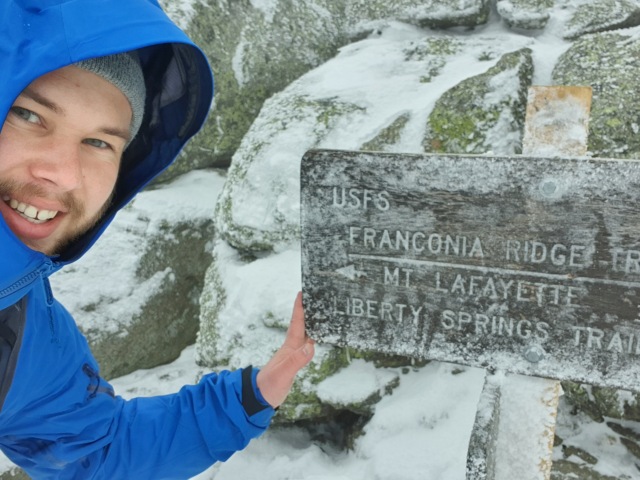
Felix, you are currently pursuing your PhD in the group of Franz Kärtner at DESY. What is the topic of your PhD thesis? When are you planning on finishing your PhD?
My thesis topic is generally about the control of electron emission in time and space with extremely short optical pulses. Controlling the emission of electrons with attosecond precision allows for many applications, like in our collaboration with MIT where we utilize the electrons to measure minute optical waveforms. On the DESY side we are using the controlled electron emission to shape electron bunches in a favorable way, such that it helps in producing coherent X-Rays for our free-electron-laser called AXSIS. Currently I plan to finish my PhD until the end of 2022.
You are part of the PIER Hamburg-MIT/Boston Seed Project “Fabrication and Characterization of Field Emitter Arrays for FEL-like-X-ray Sources” led by Franz Kärtner. Could you briefly describe the project idea?
The seed project idea is deeply interwoven with my PhD thesis, where at the moment we are mainly trying to shape electron bunches temporally, but another important aspect is the control of the electrons in space, i.e., controlling precisely the location of the electron emission. For that the group of Karl Berggren at MIT is making tiny metal structures that function like lightning rods, but for optical fields. This allows to create nanometer sized hotspots of the electric field where the electrons will be emitted from.
As part of the project, you spent several months as a research fellow at MIT. Please tell us a little about your stay there.
I was at MIT during the second half of 2019 and joined the “Quantum Nanostructures and Nanofabrication” group of Karl Berggren. Specifically, I was working in the Ultrafast sub-group of Phillip Keathley. The stay was a great opportunity since they unify two very distinct expertise in their group, which is ultrafast optics on the one hand and state of the art nanofabrication on the other. During my stay I was mostly involved in the optics side of things and did experiments with plasmonic nanoantennas.
Is there a difference regarding the research or lab culture at MIT compared to that at DESY? If yes, what is the most striking difference in your view?
Yes, I think there are definitely differences in lab culture compared to DESY. First of all, their experiments are usually on a smaller scale as compared to what we do with our accelerators etc., so this invites a little bit more flexibility and a higher degree of improvisation. Then the other difference is that MIT is by nature a technical university and they are really proud of making things. This can be the research project itself that is geared towards making a working device or a measurement apparatus or just that people really enjoy making their own electronics and machining their own mechanical parts. They really make it easy to use their electronics labs for soldering, 3d printing etc. and their machine shop to learn how to mill metal and make your own mechanical parts. My experience was that this also helps a lot in creativity and technical understanding, which greatly transfers to the ability to solve your own research problems.
Was the project collaboration affected in any way by the COVID-19 pandemic? If so, in which way?
To be honest, I think this even helped to enhance the collaboration! Luckily I left Boston before the pandemic started, but after that, they also started moving all the group interaction online by using Zoom and Slack. The silver lining was that it was super easy staying in contact with the group and it almost felt like I was still in Boston.
Could you please highlight some of the results of your project?
Of course, the main result of our project was using ultrafast lasers and plasmonic nanoantennas to sample minute optical waveforms consisting of only 30 000 photons in time with attosecond precision. Another result was that we explored using similar plasmonic nanoantennas as a novel photodetector, that potentially allows for fast response time and broadband response in wavelength. The third project was the integration of such antennas into photonic microchips, that would allow to shrink all the other experiments that we did, to something that can fit on a single microchip.
As a result of your participation in the project, you co-authored several articles, one of which was recently published in Nature Photonics – congratulations on this! Beyond these publication successes, do you feel that you have benefited also in other respects from the seed project and your stay at MIT, scientifically and/or personally?
Thanks! Yes, I think I benefitted in many areas scientifically and personally. I think getting to know new people and making friends is always amazing. Specifically in Cambridge (Boston), where you have great institutions like MIT and Harvard, you will find a lot of interesting people doing interesting things. Scientifically I benefitted from just being in a different group doing different things than I am used to. On top of that, Karl Berggren cares a lot about the education of his students and spends a lot of effort in educating you on how to write papers and how to tackle research in general, which I really appreciated. More specifically I enjoyed the almost daily morning-coffee discussions with Dr. Phillip Keathley, who has a profound knowledge of my specific field of research. To summarize, I learned a lot and had great fun discussing science!
The aim of the project was to spark collaboration between Hamburg and MIT researchers. What will happen after the funding period? Are there already plans for follow-up collaboration activities? Will you personally be involved in these?
I am still in close contact with the group, so we will definitely continue our very productive collaboration. We even have a precise experiment in the pipeline that will use plasmonic nanoantennas made at MIT in conjunction with our laser sources here at DESY. Despite that we have many more things on our mind that we would like to do in the future, - considering my limited time left for my PhD - even too many I would say! So I will have to see on how many of those idea we carry out and what I will be personally involved in.
That definitely sounds exiting. We wish you good luck with your PhD and all the steps that will follow. Thank you very much for your time, Felix!
For more information on the project and its outcomes please refer to this DESY news article from 15 April 2021.
Teaser image: Felix Ritzkowsky
